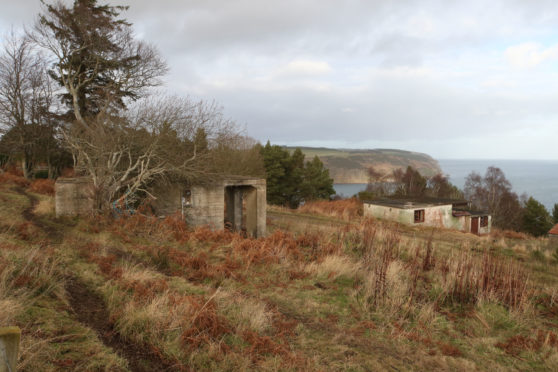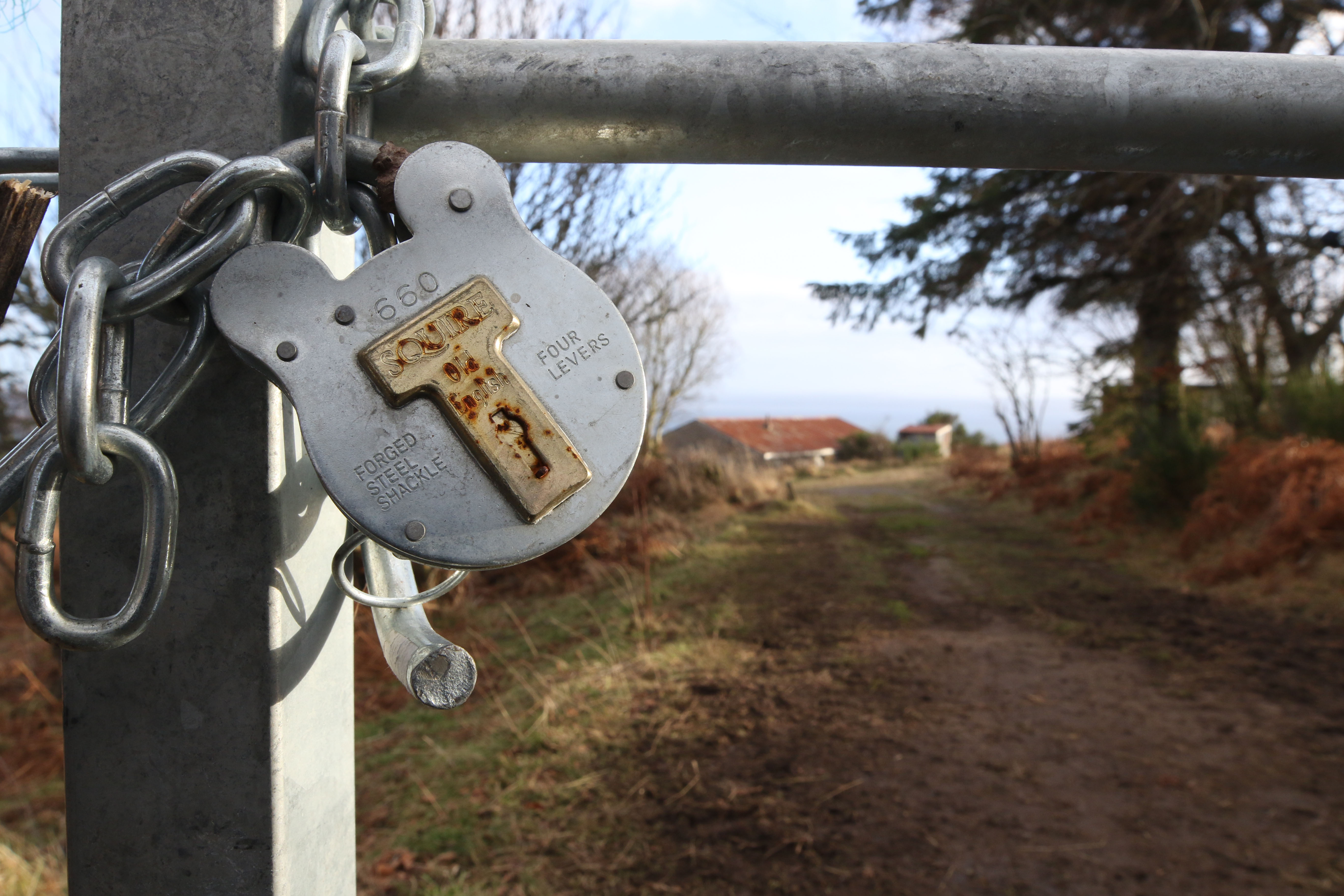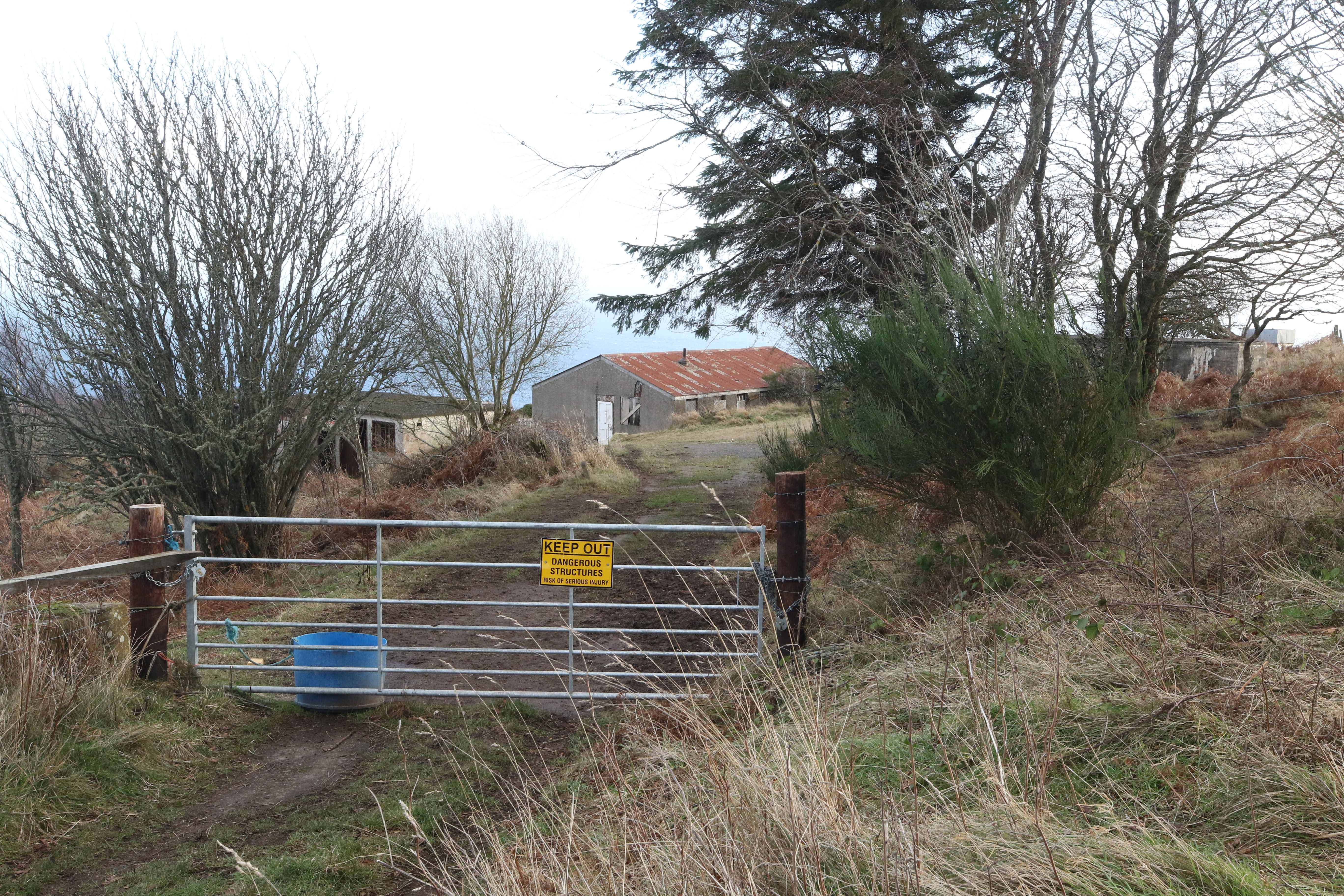A forgotten Highland military base used during both world wars could finally be declared a “nationally important monument” and opened up to the public.
Commissioned by Winston Churchill in 1913, the South Sutor forts have been described by heritage chiefs as “the most complete surviving coast battery within Scotland”.
But despite its huge historical significance, many of the gun emplacements and associated buildings have fallen into disrepair and been shut off from public view behind padlocked gates for decades.
After repeated demands for action to preserve the site for future generations, The Press and Journal can today reveal that Historic Environment Scotland (HES) is finally poised to designate the naval defence complex as a scheduled monument.
Discussions between HES and the landowner, which have been going on behind the scenes for at least two and a half years, are believed to be nearing completion.
The talks have also raised the prospect that an agreement could be reached to allow public access to parts of the site, which is located above Cromarty on the Black Isle.
With pillboxes on the rocks near the shore, and the remains of a larger camp on the headland above, the South Sutor battery guarded the strategically important Cromarty Firth naval port during both wars.
As well as gun emplacements, other structures include two battery observation posts, four magazines, one engine house, two searchlight emplacements, one mine-watching observation post, a large water tank and at least 12 other buildings for accommodation, storage and maintenance.
Some of the buildings were constructed in “extremely challenging locations in order to maximise their effectiveness”, and the fact they were built by the Royal Navy, rather than the Army, gives them a “markedly different design from other coast batteries”, according to HES.
A recent HES assessment of the battery, conducted as part of the scheduling process, concluded: “This monument is of national importance because it has an inherent potential to make a significant addition to our understanding of the defence of the important naval anchorage of the Cromarty Firth and the naval base at Invergordon during the First and Second World War.
“This is a well-preserved example of a multi-phase coastal artillery battery, preserving rare features from both wars, including fixtures, fittings and camouflage paintwork.
“Occupying a strategically significant location at the entrance to the Cromarty Firth, the remains at South Sutor provide a tangible and powerful reminder of some of the defining events of the 20th Century.
“If this monument was to be lost or damaged, it would significantly affect our ability to understand the nature and scale of the efforts made to defend Britain against enemy naval threats in the First and Second World War, and diminish the association between those who live in the area today and those who lived and served there during the wars.”
Three of the buildings in the fort would be excluded from the scheduled area because they are in an “unsafe condition and contain high levels of asbestos contamination”.
Documents released to the P&J under freedom of information laws show that the landowner, John Nightingale, and HES officials have discussed ways to “provide public interpretation and access” to some of the “more accessible parts of the site”.
Last night, an HES spokeswoman said the South Sutor battery was “being considered for scheduling”.
HES uses its schedule to protect monuments of national importance and once a monument is scheduled, permission must be granted before any work or repairs are carried out.
Local MSP Kate Forbes said: “As the MSP for the Black Isle, I would certainly support national recognition of these sites, because they are of historic significance.
“Clearly, access and maintenance would have to be improved as well but it would be a rich historic treasure for visitors.”


